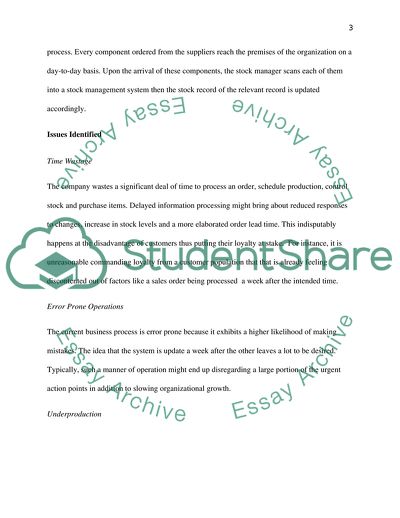Cite this document
(Design and Development of an Enterprise System Coursework Example | Topics and Well Written Essays - 4000 words, n.d.)
Design and Development of an Enterprise System Coursework Example | Topics and Well Written Essays - 4000 words. https://studentshare.org/information-technology/1876352-design-and-development-of-an-enterprise-system
Design and Development of an Enterprise System Coursework Example | Topics and Well Written Essays - 4000 words. https://studentshare.org/information-technology/1876352-design-and-development-of-an-enterprise-system
(Design and Development of an Enterprise System Coursework Example | Topics and Well Written Essays - 4000 Words)
Design and Development of an Enterprise System Coursework Example | Topics and Well Written Essays - 4000 Words. https://studentshare.org/information-technology/1876352-design-and-development-of-an-enterprise-system.
Design and Development of an Enterprise System Coursework Example | Topics and Well Written Essays - 4000 Words. https://studentshare.org/information-technology/1876352-design-and-development-of-an-enterprise-system.
“Design and Development of an Enterprise System Coursework Example | Topics and Well Written Essays - 4000 Words”. https://studentshare.org/information-technology/1876352-design-and-development-of-an-enterprise-system.


